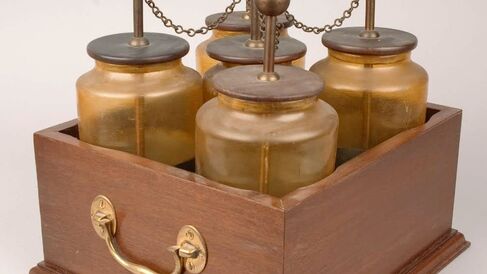What is Meteorology?

Before the nineteenth century, meteorology and weather were treated in science as two different categories. Meteorology was the study of peculiar or unique atmospheric events (for example, meteors, shooting stars, lunar rainbows and curious lighting effects) rather than processes of changing variables. Weather, on the other hand, involved the study of the more mundane phenomena of daily atmospheric conditions, such as sunny, cloudy or rainy periods. It was not until the late 18th century that meteorologists began to consider causes and patterns of daily weather as an extension of their study of curious atmospheric phenomena.
Exhalations of the earth and Aristotelian legacies
For nearly two thousand years, the ancient Greek philosopher Aristotle (384-322 BCE) dominated the subject of meteorology. According to Aristotle, weather resulted from the cyclical movement of two exhalations: one hot and dry like fire, the other vaporous and water-like. When heat from the sun caused water to break into smaller parts, vapour rose into the upper regions of the air whereas cold exhalations caused the vapour to fall back to the earth.
Aristotelian vapour theory persisted in seventeenth- and eighteenth-century notions of meteorological phenomena. Following this tradition, natural philosophers believed that the earth exhaled flammable vapours that would ignite in the atmosphere as lightning or aurora borealis, for instance. Sulphuric or nitric in nature, it was also believed that these fumes sometimes ignited underground causing earthquakes.
For individuals who supported Aristotelian-based theories of earthly exhalations, instruments used to measure the physical qualities of air - such as weight, temperature and water-vapour content - did not play a significant role for studying meteorological phenomena. Instead, they often employed analogies of gunpowder to model and understand how nature produced lightning sparks or glowing skies.
Electrical forces
The elusive but destructive nature of lightning strikes was a curious meteorological phenomenon that fascinated natural philosophers. During the eighteenth century, scientific investigations into, for example, electrical discharges of Leyden jars, helped philosophers understand how electricity worked. Leyden jars stored static electricity generated from a rotating glass sphere and were regularly used in laboratory studies of electricity and its effects (above).
One practical application of the Leyden jar required the use of a thunder-house (Image 1). Electricity emitted from the sky as lightning presented practical safety concerns, particularly for military stocks of gunpowder magazines. Thunder-houses were demonstration models which were used to show the dangers of a lightning strike and how to protect people and property against such meteorological events.
Lightning rods, as attached to the top of the thunder-house, grounded the building's structure and prevented explosion and fire if struck. To dramatically demonstrate their effect, a Leyden jar was suspended above the thunder-house and slowly lowered until there was an electrical discharge. Without the lightning rod, the electricity would pass through the building and the hinged walls of the model house would fall outward (or, for a more dramatic effect, explode if the house had been primed with gunpowder). When the pointed lightning rod was attached the house, the Leyden jar would discharge to the rod without sparking and pass to earth, thus saving the structure and its contents from harm.
Allison Ksiazkiewicz
Allison Ksiazkiewicz, 'What is meteorology?', Explore Whipple Collections, Whipple Museum of the History of Science, University of Cambridge.
